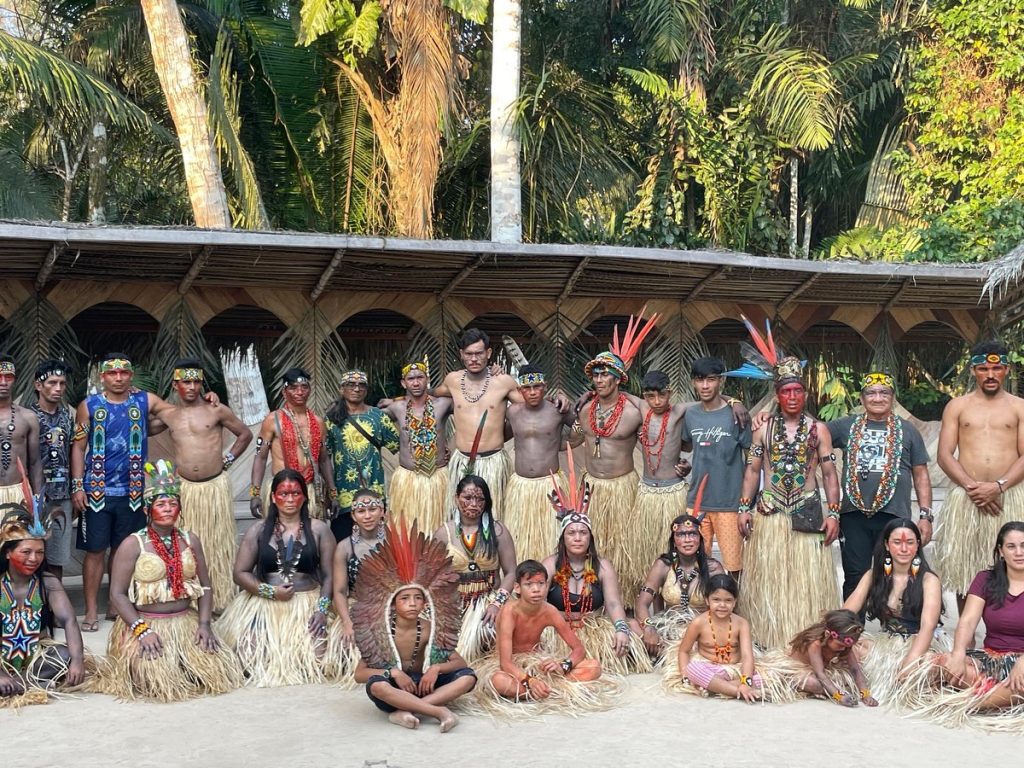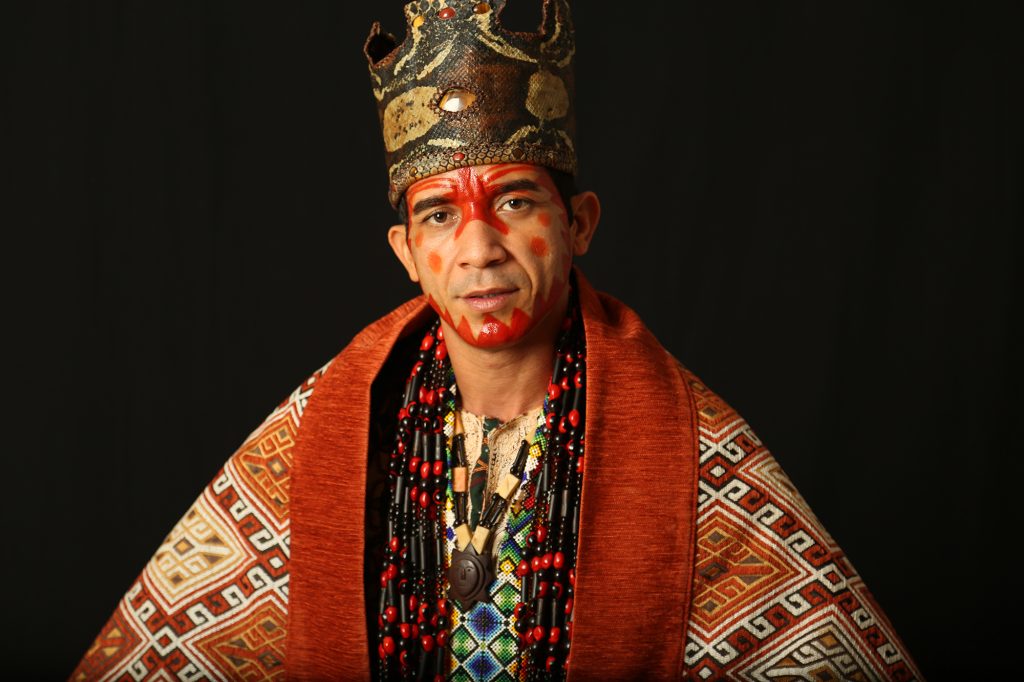Territory
The Alto Juruá Reserve was the first to be created in Brazil, in 1990. It was the result of the social mobilization of residents, including the “caboclos of Milton,” led by the National Council of Rubber Workers and trade unionists.
“The Miltons” were rubber tappers of indigenous origin whose path led them to fight for a common territorial demand, together with other rubber tappers. Participation in the struggles for the creation of the Cooperative and the reserve itself brought changes in the lives of Milton and his family. Several of them took on positions as managers of cooperative centers or worked in other related roles, for example, captaining rubber vessels.

All this brought benefits, such as remuneration and direct access to consumer goods. “The Miltons” were the centre of attention, and the group that the regional coordinator could count on for the projects that were later implemented in the area.
In 2002, shortly after the Association elections and the failed attempt to create a new association, the Kuntanawa verbalised their ethnic split: “We are different, we are another people.”
This statement led, in turn, to the establishment of relations with new mediators, such as the Indigenous Missionary Council and the Organisation of Indigenous Peoples of the Juruá River.
A few years later, groups dissatisfied with the Association’s direction founded two new associations: the Agro-extractivist Associations of the Tajo River and the Juruá River.
The Kuntanawa supported the new associations, and at the same time continued their own process, demanding ethnic recognition and the demarcation of their territory within the reserves. This fact ended up separating them from the new institutional representations of the Reserve.
But the agreements reached were not fulfilled by other inhabitants of the area, and in 2006 the Kuntanawa expressed their indignation at the failure of the “Reserve laws”, created by the residents themselves.
The conquest of their own territory thus obtained another justification: the environmental one. There, they claim, predatory exploitation such as that which is taking place in the reserve and which is affecting resources such as hunting and wood will not be permitted. From then on, they began to talk about the creation of “refuge” zones within their Indigenous Land.
For years, the Kuntanawa demanded the demarcation of their Indigenous Land from the National Foundation for Indigenous Rights of Brazil, an objective which they achieved in mid-2008.

Haru Kuntanawa was present at the UN assembly, together with Prince Raoni, the leader of the Kayapó people, in his quest to support and defend the Amazon rainforest and his people from corporate corruption: Timber companies, hydroelectric companies, mining companies and agricultural contractors pose a threat to the Amazonian tribes, who must be protected by the international community.
Haru and his wife Hayra also defend their territory through their organization, Ascak. They do so by offering ceremonies with the help of medicinal plants, their voices, and music.
“This form of healing will help people connect to the earth and raise awareness to live in harmony with the rest of the world. We alone cannot save the earth; the union of human beings is necessary.”
Reconstruction of Kuntanawa society
The Kuntanawa are an ethnic group that has been on the verge of extinction and is currently undergoing reconstruction in all aspects: language, arts, rituals and territoriality.
There are initiatives to visit and stay in neighbouring Indigenous Lands, to reconstruct the language of their people through similar ones, especially that of the Huni Kuin. Indigenous names are also being adopted again, instead of names of Latin origin.
Likewise, crafts are being resumed based on those already carried out by Doña Mariana and those existing in neighbouring Indigenous Lands. Painting is also being recovered, through experiences with ayahuasca and the stories of Doña Regina, still alive in Doña Mariana’s memory.
There are plans for a great migration, with the aim of reuniting all the descendants of Milton and Doña Mariana, and some villages are already beginning to be established.
In 2008, they were awarded by the Xicão Culture (government of Acre), for songs composed by some young Kuntanawa. This same group, led by Haru, Milton’s grandson, has accumulated video material and is in the process of producing a film about the Kuntanawa.
In the words of Haru Kuntanawa: “We will work tirelessly to defend the rights of our people and ensure the sustainability of the forest for future generations.
We will educate and empower our communities to understand the importance of the forest and participate in its protection and preservation. We will also continue to collaborate with local and international organizations to promote sustainable development and raise awareness about the importance of the Amazon rainforest.”
